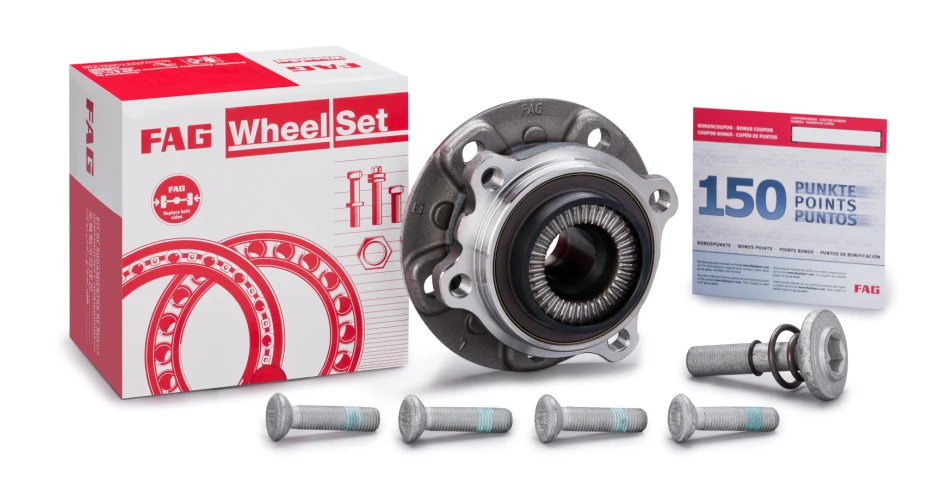OE component specialist Schaeffler is urging garages to take care with product choice and correct fitting procedures in order to offer the very best service when it comes to bearing replacement.
Schaeffler works in partnership with vehicle manufacturers in the development and stringent testing its FAG bearings. This means it can take two to five years for a new bearing to be perfected, approved and fitted as original equipment. Without this OE expertise, the materials used, design parameters, testing and consistency of this safety-critical component cannot be guaranteed.
Schaeffler says that garages who cut corners on bearing quality are not only jeopardising the reputation of their workshop, but they are also creating safety risks. OE wheel bearing are also designed and manufactured to stringent VM tolerances and bearings that do not meet these parameters can add additional stresses to other components which make-up the corner assembly creating a dangerous scenario.
Once the right product choice is made, correct fitting is vital. These precision parts have a tolerance specification as low as eight microns (a human hair is 50!), so avoiding contamination is vital.
Schaeffler also points that when fitting, the Gen.2.1 sub-designs of bearing need special attention. They require a specific installation procedure where the bearing must be pressed into the hub using a special tool which applies force to the outer race only. Any force applied to the inner race during this process can cause damage leading to bearing failure. The special tool clamps also correctly align and fix the bearing snap-ring into the hub, which is essential in ensuring an accurate installation. If the snap ring doesn’t ‘click’ into place in the hub recess, the bearing will slowly work its way out, eventually fouling against the CV joint.
It’s also important that technicians take extra care when installing bearings with ‘active sensor’ rings; which must be protected from damage, as the sensitive magnetic ‘teeth’ are responsible for providing the data for many safety-critical systems. Technicians should avoid laying the bearing on a workshop bench with the encoder face down, which may contaminate or damage it.
Schaeffler also points out that issues with bearings can often be down to driving habits. Failure to avoid potholes, driving up kerbs and speed humps can all add stress to bearings and although all FAG wheel bearings undergo rigorous mud and slurry tests, no bearing can withstand contamination from deep flood water. Technicians should therefore warn their customers about these potential pitfalls.
Information visit the REPXPERT garage portal – www.repxpert.co.uk
